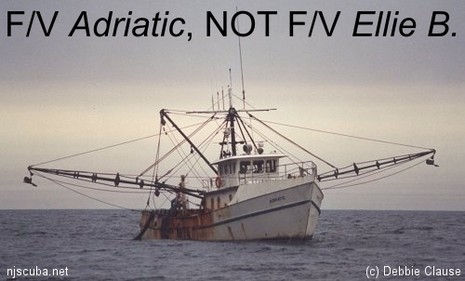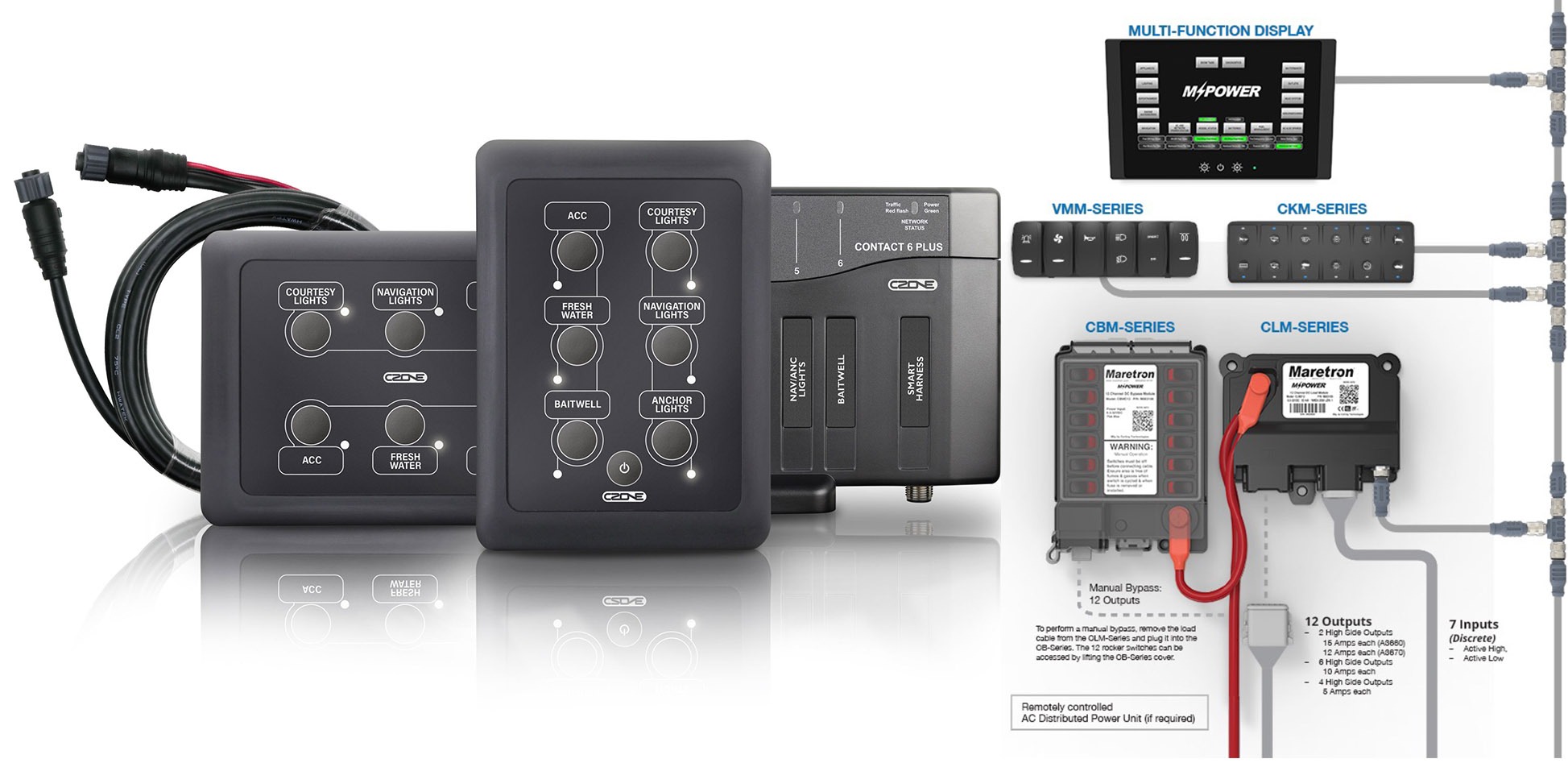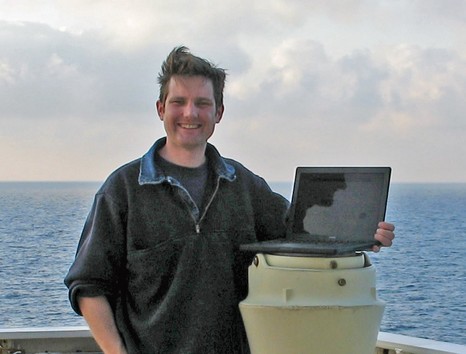Comar SLR-100 AIS, and more on dual frequency
 Comar has a new SLR100 single frequency AIS listener for £299 suggested UK retail (the SLR200 is £575). Since they now make both single and dual frequency, I asked them about the differences. It turns out that their receiver, unlike Nasa’s, automatically switches channels every minute. “The main reason behind this was that just occasionally we have seen ships with faulty transponders that are only transmitting on one channel, so we wanted to ensure we at least caught those some of the time.” The downside of this approach is that infrequent data—like an anchored ship’s name, sent on one frequency every 6 minutes—might slip by the auto switching for a long time.
Comar has a new SLR100 single frequency AIS listener for £299 suggested UK retail (the SLR200 is £575). Since they now make both single and dual frequency, I asked them about the differences. It turns out that their receiver, unlike Nasa’s, automatically switches channels every minute. “The main reason behind this was that just occasionally we have seen ships with faulty transponders that are only transmitting on one channel, so we wanted to ensure we at least caught those some of the time.” The downside of this approach is that infrequent data—like an anchored ship’s name, sent on one frequency every 6 minutes—might slip by the auto switching for a long time.
I’m also learning that the AIS system allows “competent authorities” to manage frequency use in busy coastal areas (apparently the transponders can be remotely controlled by such authorities). Comar confirmed that “Authorized authorities can command individual or all vessels to shift to another frequency. Both the SLR100 and 200 use synthesized frequency controlled radios so that they can also shift frequency. Although the high seas frequencies for AIS will always be the default, it may be that as more congestion occurs in busy areas channel switching will become more prevalent, Tokyo Bay for instance use 2 local frequencies.” Thank you, Comar, for the information. Seems like the frequency issues are a little more complicated than they first appeared, and I intend to keep on digging.













The Comar SLR100 auto switching is more sophisticated than on first impression and does not allow a ship’s name or any other data to slip by for a long time.
We have both used and compared the Comar SLR100 against other AIS receivers and found the SLR100 to be a excellent performer.
however single channel receiver will lost some messages than dual channel ones. the dual channel is a complete solution of ais receiver.